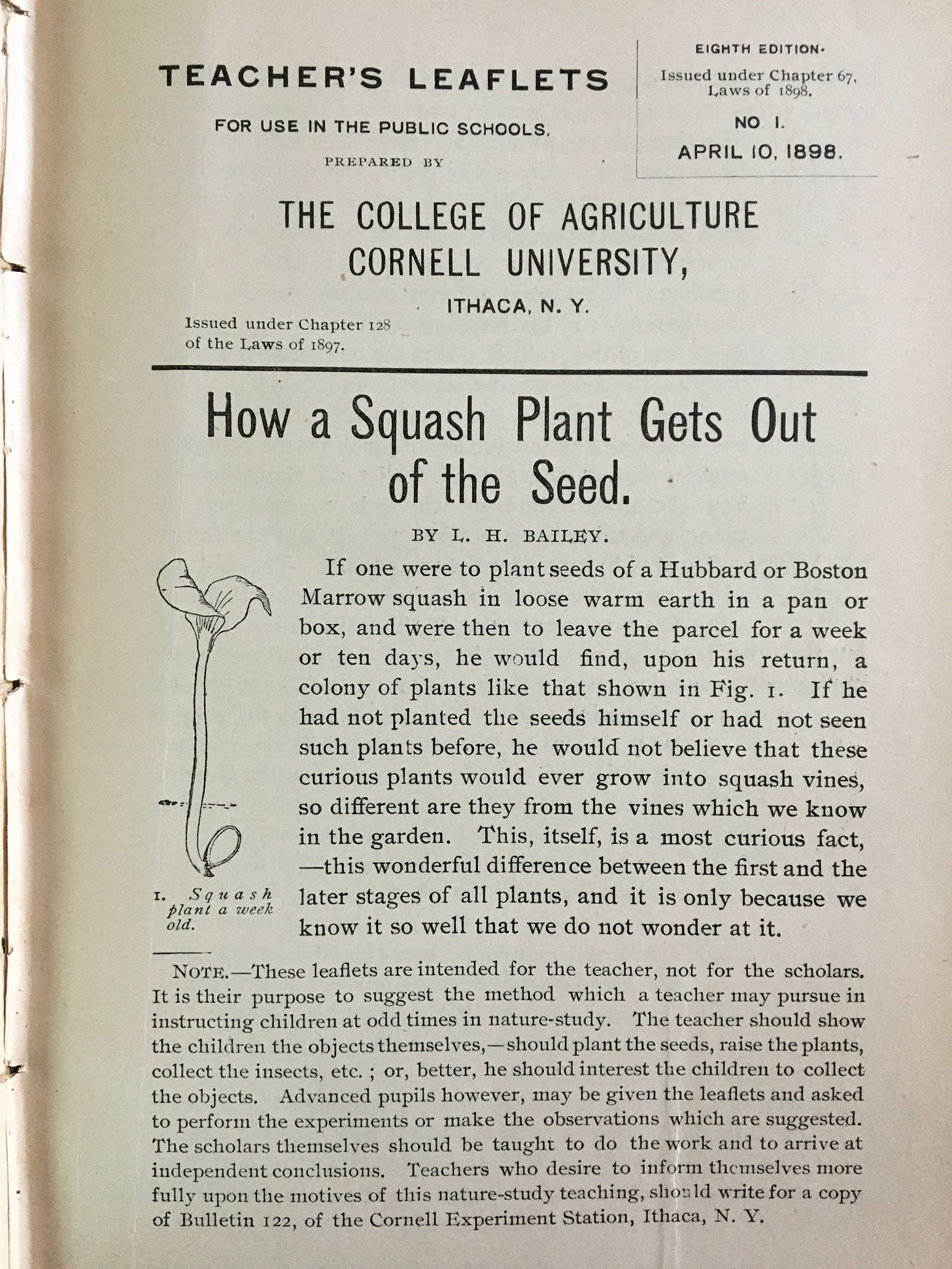Dear bread friends,
All of a sudden, everything is green. Of course, this has been happening for a while now, but I really saw it at Peebles Island when I met a friend for a walk. I haven’t been there since I had to wear micro spikes against the ice! So I was stunned by how the skeletal trees were blooming with leaves. There’s nothing like contrast to make you see. Why isn’t observation easier?
Walking the circumference of the island, under and around all that lush green, we loved everything we saw, from the feathery bright green grass of the understory, to the waves of shale revealed by the very low water of the Mohawk River. We talked about the glory of spring, and how not knowing the names of plants can discourage people from connecting with nature. There are so many barriers between us and the natural world. What if we could just absorb what we saw without feeling pressure to know plants by their names, Latin or common?
Ages ago, I hoped that I would absorb plant names from my husband, an avid gardener and tree surgeon. But even helping him study for his arborist certification didn’t drill the names of trees into my head. I remember how successful I felt when I learned how to identify a white pine. The only formal name of a tree that I know is Amelanchier, aka service berry, shadbush, June berry, Saskatoon berry, the fruit I may love the most: blueberry like fruits that grow on stems, more like cherries than blueberries.
Even with things I study, I am mildly allergic to learning names. I can almost pronounce the plant family that grains belong to: Poaceae (poe-ay-cee-ay). And recently, I’ve learned that Triticum aestivum is the name of common wheat, which is not common, but the revolutionary plant that has the kind of gluten that makes bread rise. My limited facility with grain terms does not reflect limited care for wheat, barley or oats. My reluctance to learn sourdough biology doesn’t reflect the awe I feel for dough, or the way I spring out of bed in the morning, ready to see how my starter is bubbling in its jar. Much as I love language, language does not define love.
This made me think of the nature study movement, and its emphasis on observation as a tool to create sympathy with and connections to nature. This movement occurred as urbanization and industrialization took hold in the mid-1800s and early 1900s. First, I learned about the urban side, and knew it as connecting city kids to nature, but reading about it through Liberty Hyde Bailey, the father of American horticulture, I learned of the rural side, and the goal of building rural satisfaction.
In New York State, the project officially began after the Panic of 1893 sent farm people to find work in factories. (Learn more about Bailey and this movement in an exhibit from the Mann Library at Cornell. ) First, the state made a commission to help promote agriculture, because there were not enough people growing food. Bailey was placed in charge of leading the nature study work, and he enlisted Anna Botsford Comstock to teach nature study to teachers around the state and at Cornell, becoming their first female professor. She, Bailey and others also wrote and illustrated bulletins to distribute information on nature study, first to teachers, and later to kids.
At a library sale, I found a bound collection of Cornell nature study leaflets and quarterlies from 1896 through 1901. I had seen digital copies of these pamphlets, but owning this book is a real gift. I love to read what Cornell was saying to teachers and kids; there are also bulletins for farmers and farmers’ wives (their words!), and reading them is so interesting, also.
The language in the nature study pamphlets has a welcoming tone, whether the writing is meant for teachers to digest and deliver, or the words are directed to kids in the Junior Naturalist Monthlies. The drawings are great. There are some silly introductions, but the material is not dumbed down.
The reader is encouraged not to study more than one society a year. Will I study a plant society in my yard this year? I’m more inclined to look more at the societies that intrigue me, our America, now and in our many pasts, and the way food and farming changed, and changed us, during the late 1800s & early 1900s. But maybe I’ll study the weeds that live near the myrtle by the sidewalk.
I adore this style of writing. So inviting! So encouraging of kids participating in the growing process by using their senses. Reading these bulletins, I feel more relaxed about the idea of learning — even scientific terms! And I think about the importance of observation while baking bread, and how much knowing terms does & does not contribute to my knowing bread.
I didn’t plan this coincidence, but I have a survey to give you, and it includes questions about terminology. The Artisan Grain Collaborative (AGC) has created a survey about how people think about and purchase grains.
Filling it out should take about 5-7 minutes, and at the end, you can enter a raffle for a basket of Midwest grain goodies (shipped in the continental US only, sorry).
BONUS: I’ll be giving away 2 copies of my book, “The New Bread Basket” to participants (in the continental US again, sorry again!) Just send me an email after you fill out the survey here.
Thanks bread friends. Until next time, Amy








Love this post, Amy!
"And I think about the importance of observation while baking bread, and how much knowing terms does & does not contribute to my knowing bread." This sounds familiar! ❤️❤️❤️